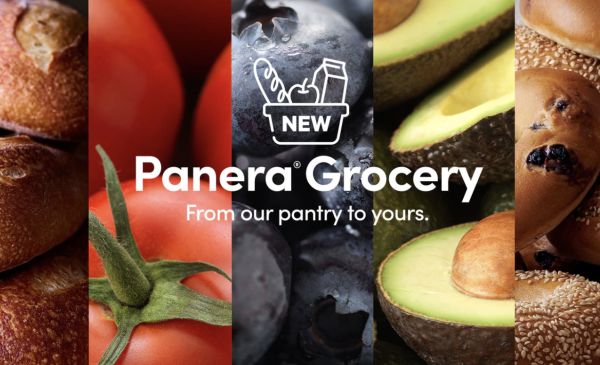We tend to judge the likelihood of whether a brand extension will work on the compatibility that consumers will feel between the brand they know and the extension they are being asked to accept. As Brad VanAuken has observed, “Any brand extension into a new product category must reinforce one of those primary associations without creating new negative, conflicting or confusing associations for the brand.
If this rule is followed, the brand extension will actually reinforce what the brand stands for.” In fact, providing that association is strong, Nigel Hollis says, “the fit between the brand and the category does not need to be based on a direct application of the brand’s functional credentials”.
The Need For Structure
Now, in a new study, Wharton marketing professor Keisha Cutright and co-authors James R. Bettman and Gavan J. Fitzimons of Duke University, contend that, alongside the quality of the product, the way it is marketed and the fit with the current identity, consumer psychology also has a role to play in whether a brand extension flies or flops. Specifically, the team identifies people’s feelings of control.
If people are in a situation or a position where they feel less in control than normal, they may be less inclined to stray from the tried and true. According to Professor Cutright, when people experience a lack of control in some aspect of their life, they yearn for greater structure. For this reason, they may see a brand extension as a step too far.
Control Is Subjective
Communication, the marketers found, was critical to consumers retaining that precious sense of being in control. Cutright and her colleagues also identified that certain demographics, such as older consumers and people on low incomes, feel less in control and, one would assume, are therefore less likely to ‘experiment’ with an extended brand offering. That same sense of lack of control applies to people who have experienced uncertainty, and a corresponding lack of structure, through a natural disaster for example, and even for employees who, faced with uncertainty over their jobs, may hesitate to push the boundaries by suggesting brand extension opportunities.
Looking Beyond Brand Extensions
While the authors of the study have focused on brand extensions, I wonder whether their findings are also applicable to decisions over brand loyalty and indeed brand development. If people are reluctant to extend a brand because of a lack of control, it stands to reason, does it not, that they would be reluctant to also step away from the brand they know, or to accept changes to that brand? The need for structure in other words may restrict consumers’ and employees’ sense of adventure but it would, on the face of it, also lock in loyalty through a wish to keep things as normal as possible.
What this research suggests to me is the need for incumbent brands to appeal to people’s wish for stability in times they judge to be uncertain. In other words, if the findings are right, brand extensions and brand developments should be positioned as ‘more of the same’, in spirit anyway. Equally, brands needing to shake consumers out of a sense of complacency could use the sentiment in reverse – to induce people to experience the brand they may feel they know only too well in ways that are refreshingly unfamiliar. Brand with a twist
The Irony Of Fit
This points to an intriguing irony: that at one level brands must “fit” with our sense of normality, and indeed contribute to it to succeed, yet at the same time they must compete to be distinctive from competitors and to be seen as more than a commodity. That means they must walk a line between what people feel must remain and what they are interested in seeing change – and that the barometer for which part of that equation to emphasize over the other may come down at some level to the extent to which consumers feel stimulated or threatened by what’s going on around them.
A Broader Sense Of Association
Professor Cutright and her team have introduced a valuable new element to the consideration set around brand extension decisions. The research serves to underline what Brad VanAuken and Nigel Hollis have said: that extensions live and die on their associations – but those associations may be even wider, and more influential, than had been previously realized in that they can incorporate potentially a range of environmental, economic and psychological factors that have far more to do with the ‘risk’ profile of the decision.
This to me is the central issue for any brand looking at substantive change. How far and in what directions can marketers push the trust generated in a brand before the brand simply goes too far?
Three simple customer-focused questions then emerge that are probably applicable to a range of brand decisions.
- “In what ways, in my current circumstances, does this brand give me comfort?”
- “What do I stand to lose here if the brand changes or the circumstances in which I interact with the brand change?”
- And “Is that feeling of potential loss greater or lesser than the rewards of pushing beyond what I feel I know?”
The Blake Project Can Help: Brand Licensing Audit
Branding Strategy Insider is a service of The Blake Project: A strategic brand consultancy specializing in Brand Research, Brand Strategy, Brand Licensing and Brand Education




